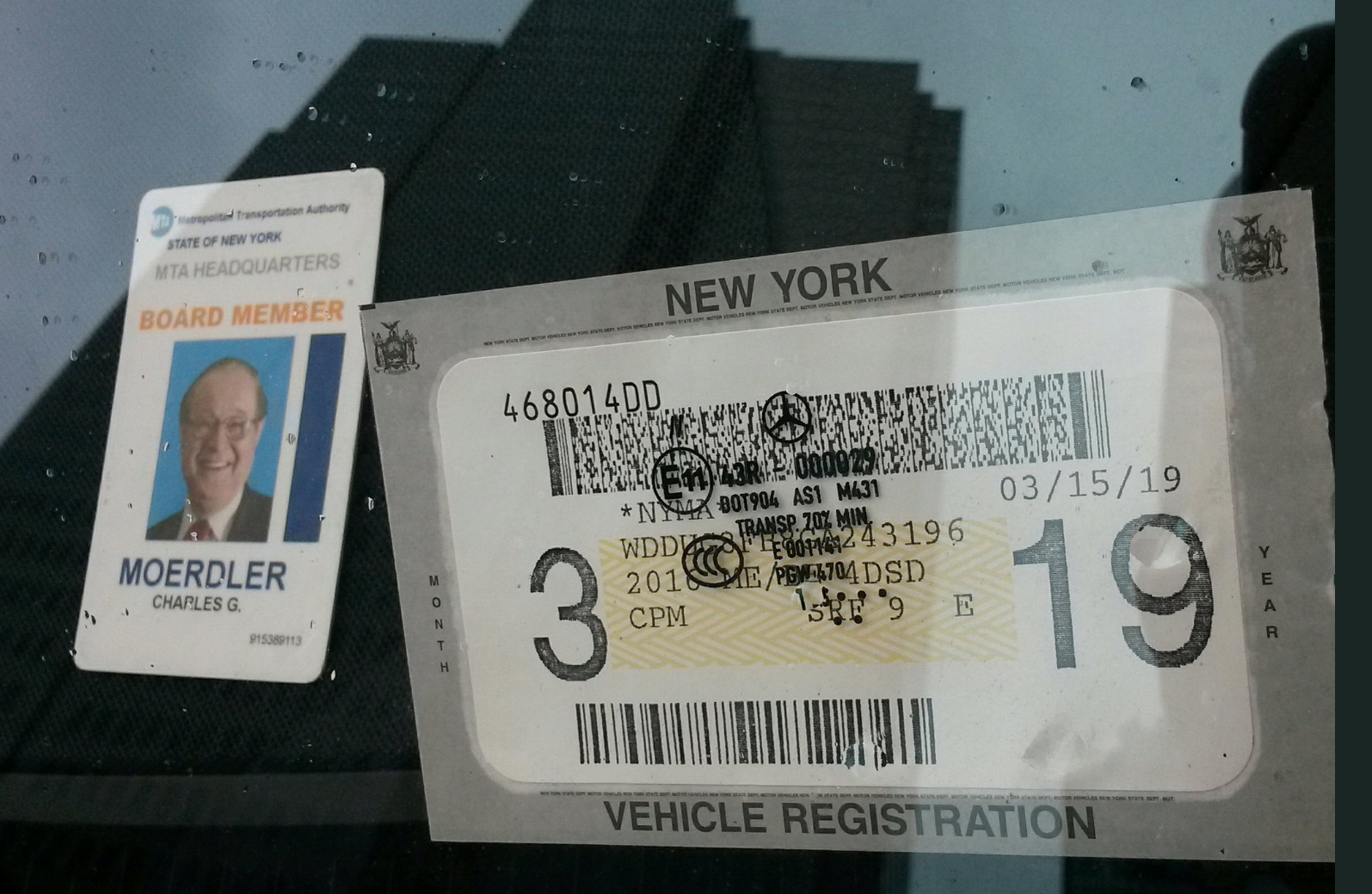
As we recently found, the demographics of most transit agency boards don’t match that of their riders. But some of the effects of this mismatch could be ameliorated if board members are at least consistent users of the systems they oversee.
The statistics about board member transit usage in the US are spotty and unreliable – what data we do have has emerged out of “transit challenges” launched by advocates, scathing press exposes, or public records requests. But based on available evidence, American transit board members have attitudes similar to those of the fictional Los Angeles commuters and transit officials in the classic Onion article describing powerful support for transit use by other people.*
In a survey conducted by the Washington Post, many WMATA board members couldn’t – or wouldn’t – name the exact bus lines or rail stops they used regularly. In Salt Lake City, transit use among UTA board members is sporadic to nonexistent. In Tampa, HART’s board members are barely acquainted with the very concept of transit – local Commissioner John Tornga said, when asked, that it’s “normal for board members not to use the product or service they’re making decisions about.” Even in transit-rich New York City, MTA board members and leadership aren’t frequent users.
Los Angeles Metro has a particular paucity of data about board member transit usage. Such data or a civic-based board-on-transit challenge would be especially illuminating for a transit agency so historically preoccupied with building rail to far-flung locales, often at the expense of its bus riders.
Some states have decided to legislate the issue. Rhode Island passed a bill in 2016 that compels the Governor to appoint at least two transit riders to the RIPTA board. Perhaps not coincidentally, RIPTA has been on a useful transit blitz of late, readying to launch the Downtown Connector in Providence this summer, and installing transit signal priority and rebalancing bus stops throughout the bus network. In New Jersey, legislators will vote on a similar bill later this year, championed by the advocacy group Tri-State Transportation Campaign.
Whether board members ride transit impacts how they vote – as regular riders, they may be more sensitive to fare policy, more likely to advocate for better real-time information and to say no to cosmetic enhancements at the expense of upgrades to service. In Dallas, advocates cheered the long-overdue appointment of transit-riding members to the DART board last summer. Their optimism was validated when several of these new members voted against a recent fare increase that would burden DART’s most vulnerable riders (it still passed). In Houston, the number of METRO board members who ride transit regularly is mixed but on an upward trajectory, as is the quality of the city’s bus service.
Perhaps the mother of all lead-by-examples is embodied not by a transit board member but by top NYC transit staffer Andy Byford. Since joining New York City Transit as President in January, Byford has ridden the train to work every day. The level of detail and urgency contained in Fast Forward, his new plan for turning around the agency, is reflective of that fact. Byford deployed that same transit riding philosophy as president of the Toronto Transportation Commission, where he steered the agency from one of the worst in North America to best.

Byford rides the 4 train every day to work at the MTA
The prevailing excuse amongst board members is that their schedules are too busy to permit them to take transit like the rest of us plebeians. But if cities are to meet their oft-touted goals for sustainability, they need to run the type of frequent, reliable transit that would make it possible for residents to live busy lives without a car. Decisions that lead to good transit don’t arise from the back of a chauffeured vehicle – they emerge from the trenches. Advocates should continue issuing challenges, and the press should keep up the heat.
*We’d love for you to prove us wrong! If you’re a transit agency who has compiled statistics about your board member’s transit usage that suggest otherwise, we’d be happy to tell your story! [email protected]
 On the Brink: Will WMATA’s Progress Be Erased by 2024?
On the Brink: Will WMATA’s Progress Be Erased by 2024?
The experience of being a WMATA rider has substantially improved over the last 18 months, thanks to changes the agency has made like adding off-peak service and simplifying fares. Things are about to get even better with the launch of all-door boarding later this fall, overnight bus service on some lines starting in December, and an ambitious plan to redesign the Metrobus network. But all of this could go away by July 1, 2024.
Read More A Bus Agenda for New York City Mayor Eric Adams
A Bus Agenda for New York City Mayor Eric Adams
To create the “state-of-the-art bus transit system” of his campaign platform, Mayor Adams will have to both expand the quantity and improve the quality of bus lanes. We recommend these strategies to get it done.
Read More